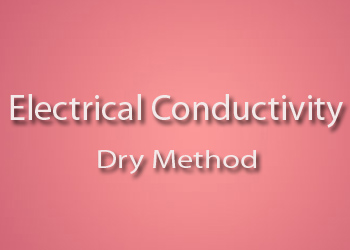
Testing Method
The following are the methods of testing some important properties of cocopeat. Some suppliers may follow a different method from the methods described below.
Unless specified otherwise in the quotation, the testing methods for different major properties of cocopeat shall be as below.
There is no standard specified for testing cocopeat, however the following methods describe industry accepted methods of testing.







